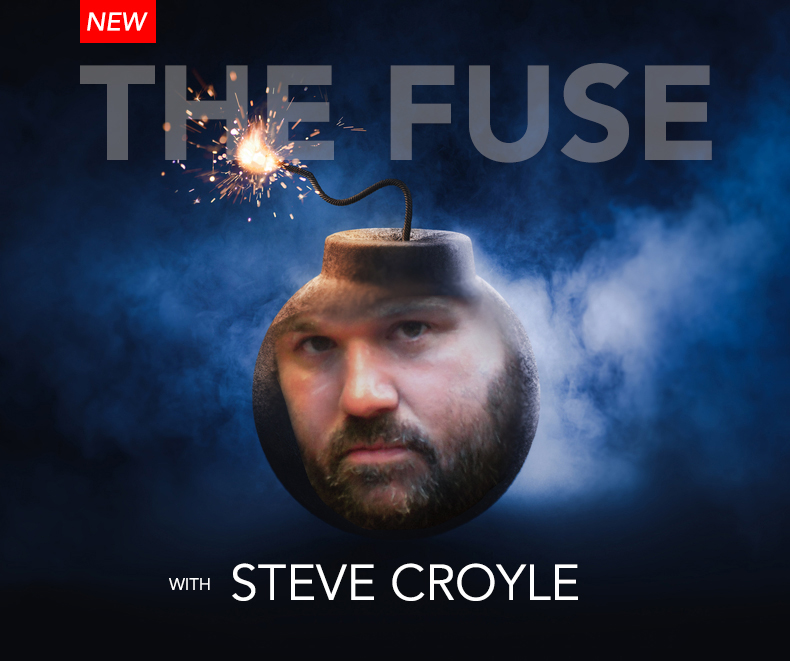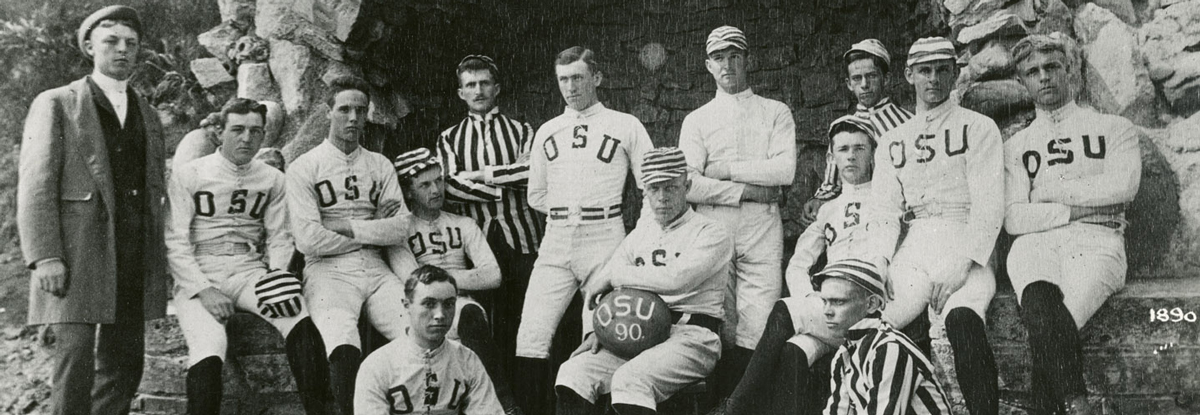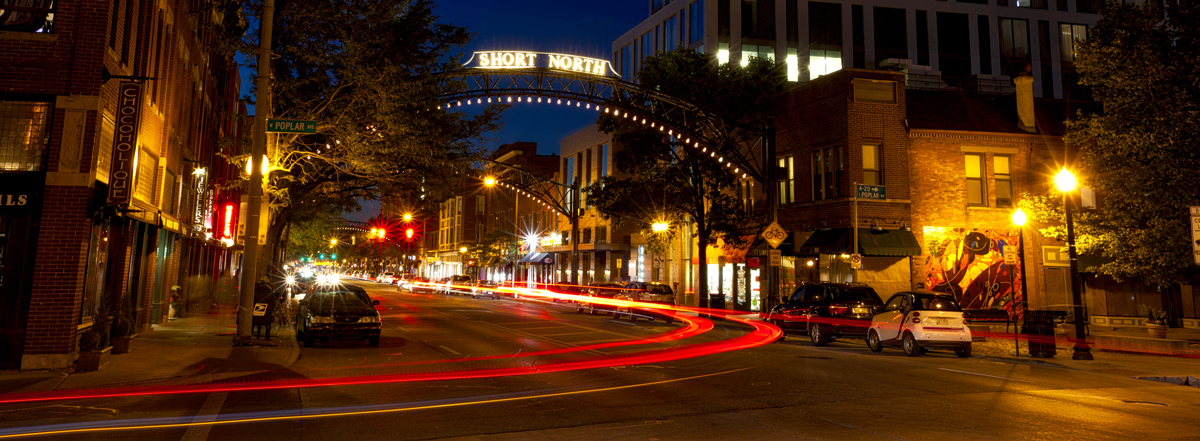OP: Short North excess, pigs at city trough, get over your tradition

[su_testimonial photo=”http://614now.com/wp-content/uploads/2017/07/croyle-thumb1.jpg”]By Steve Croyle[/su_testimonial]
TOPIC: City development
Pump the brakes on the Short North
Everybody’s talking about the Next Short North, and who can blame them? The rise of the Short North area from blighted, crime-infested neighborhood that made a lot of parents think twice about sending their kids to Ohio State has, in just two decades, turned into a marvel of upscale development. While the cool kids lament the “yuppy” sensibilities that have become part of the area’s vibe, you can’t argue the remarkable turnaround.
Mike Coleman gets a lot of credit for this, but the Short North’s true hero was Coleman’s predecessor, Greg Lashutka. It was Lashutka who coordinated a joint effort between law enforcement officers, and the courts to sink some teeth into the gang-oriented crime that plagued the decaying working class neighborhoods to the north of downtown.
In addition to cracking down on the Short North Posse, Lashutka went after derelict property owners. As a proponent of the “broken windows theory” Lashutka knew that you couldn’t expect an area to thrive if properties weren’t maintained. So, he gave landlords a choice: fix up your vacant units and get them rented, or prepare to feel the regulatory wrath of the city. Faced with the prospect of code violations, fines, and lawsuits, property owners made a concerted effort to find tenants. They negotiated creative and affordable leases, which provided opportunities for a diverse group of businesses. And so the backbone of the Short North was laid.
When Coleman came in, he saw the golden goose that the Short North had become and immediately decided to make foie gras. Generous tax incentives were issued to stimulate growth in the Arena District, and massive efforts were undertaken to grow the Short North into a corridor that would help attract more residents downtown. Many of these residents received tax abatements. That means no property tax. Numerous abatements have been renewed and extended.
Looking at the Short North, one might say that the plan was a success, but in other parts of the city it’s painfully obvious that Columbus has robbed Peter to pay Paul.
Prior to the tax incentive frenzy, the Short North was an eclectic little neighborhood with a population even more diverse than its business district. People from all walks of life, and different income brackets called the area home, and everybody enjoyed the financial boost that came along during those quaint Gallery Hops. This is no longer the case.
One former resident, who is currently rehabbing a house in the city’s neglected Highland West neighborhood said that the Short North stopped being the Short North after they put the arches in. All of the character that had made that area special to him was gone. It was like living in Dublin.
While some people would dispute that, something beyond debate is the fact that Columbus has made some glaring mistakes in the way it has handled development in the Short North. Despite being one of the smallest neighborhoods in Columbus, The Short North enjoys a much higher rate of tax incentives than areas like The Near East Side, Linden, The Hilltop, and Highland West. A study conducted last year effectively admonished the city for giving away money it could have spent elsewhere.
Poverty is being heavily concentrated in areas like Linden and Highland West, and because the city has reduced services like street sweeping, and routine police patrols, these areas are struggling to attract the organic revitalization efforts once championed by Greg Lashutka.
The Ginther Administration seems aware of this, but whether or not we’ll get anything more than lip service remains to be seen. Meanwhile, the people who own homes in areas not receiving special attention just saw their property taxes jump 18% courtesy of a school levy we wouldn’t have needed if everybody was paying their fair share.
It’s time for the leaders of Columbus to address the negative consequences 17 years of tunnel vision has created. We all deserve to reap the rewards when our leaders make investments. It’s time for the Short North to get off the teat and start paying the rest of this city back for the sacrifices we’ve endured while it has flourished.
COMMENT BELOW…
QUICK TAKES…
[intense_content_box title=”Back away from the trough” title_tag=”h1″ background=”#f0f0f0″ icon=”bomb” icon_stack_color=”#e01940″ animation=”bounce” border_style=”dashed”]
CITY COUNCIL
The push to move our city council to a ward system crashed and burned for lack of interest at at the ballot box, but apparently Columbus City Council saw the measure as a warning shot. Right now, the council is deciding whether or not to break an existing proposal into two components. One to expand the council from 7 to 9 members, and the other to move to a district system, which would tie each seat to a geographical area.
As it stands right now, the Columbus City Council is a mess. Everybody’s soliciting money from the same benefactors. They’re surrounded by the same handlers who buzzed around Michael Coleman and his administration. Public interest is not being served. Corruption is rampant.
The proposal won’t change much. Council Members will still be voted into office in at large elections, so the districting proposal would seem to be superficial at best. It’s obvious that the only objective afoot is to appease disgruntled voters in neglected areas.
Even so, it’s a small victory for voters, and one that could lead to a more equitable distribution of power. If City charter is amended and districts are drawn, the people in those districts will have to power to organize and take their appointed council member to task They would also have the power to petition for ballot initiatives that could take the at large provision away, and localize the council elections. It’s not much, but it’s a start.
[/intense_content_box][intense_content_box title=”Tradition? Get over it.” title_tag=”h1″ background=”#f0f0f0″ icon=”bomb” icon_stack_color=”#e01940″ animation=”bounce” border_style=”dashed”]

OHIO STATE
Ohio State leaked some graphics that had people wondering if more changes had been made to the football uniforms. Naturally, the purists were up in arms over another blow dealt to “tradition.”
It’s 2017, folks, and kids these days get geeked over twists on classic styles. That’s why Ohio State finally took the field rocking an all black ensemble back in 2015–and they looked freaking awesome. When word first leaked out, Gene Smith told reporters that it was all about impressing recruits. Being successful in college football means landing the best recruits, and if fresh gear gets the recruits worked up, well, just sit back and enjoy the wins.
And, yeah, money’s a part of it. Ohio State and Nike certainly realize that cranking out a new look every so often is a great way to coax people into dropping a benjamin on a new jersey. So what? Have you seen that campus? Somebody’s got to pay for those new buildings, right? Sure, Lane Avenue doesn’t look at all like it did when you went there, but since when did that matter? Lane Avenue is always changing. Pretty sure it looked a lot different in 1985 than it did in 1955 as well. Times change, why haven’t you figured that out by now? Around these parts the only tradition that really matters is winning.
[/intense_content_box][intense_alert color=”#ebfaeb”]
“These are opinions!”
The opinions expressed here are those of the author and do not necessarily represent the views of 614Now, 614 Mediagroup or its employees. Take a deep breath… it’s just one man’s opinion. If you want your voice heard beyond the comments section, we invite you to send us your thoughts here
[/intense_alert]BROUGHT TO YOU BY





